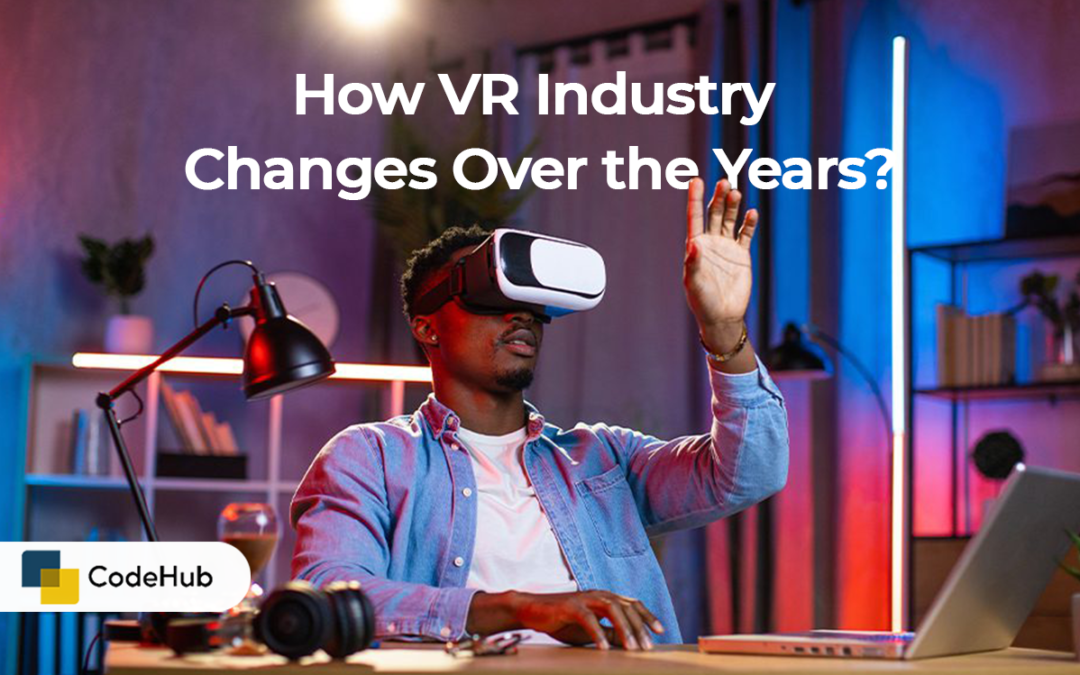Virtual reality (VR) is the technology that creates immersive and interactive simulations of real or imaginary environments, using devices such as headsets, controllers, and sensors. VR has been a fascinating and promising concept for decades, but it has also faced many challenges and limitations in its development and adoption. In this blog post, we will explore how VR industry changes over the years, from its origins in science fiction and research, to its current state and future prospects.
The Origins of VR: Science Fiction and Research
The idea of VR can be traced back to the 19th century, when inventors and writers experimented with various forms of immersive and stereoscopic media, such as the stereoscope, the panorama, and the kinetoscope. However, the term “virtual reality” was coined by Jaron Lanier in the 1980s, when he founded VPL Research, one of the first companies to develop and sell VR products, such as the EyePhone and the DataGlove.
The inspiration for VR also came from science fiction, which envisioned and depicted various scenarios and applications of VR, such as entertainment, education, and communication. Some of the influential works of science fiction that featured VR include Pygmalion’s Spectacles by Stanley Weinbaum (1935), The Matrix by the Wachowskis (1999), and Ready Player One by Ernest Cline (2011).
The research and development of VR also benefited from the contributions of various pioneers and innovators, such as Ivan Sutherland, Morton Heilig, Myron Krueger, and Tom Furness. These researchers and inventors created some of the earliest and most influential VR devices and systems, such as the Sword of Damocles (1968), the Sensorama (1956), the Videoplace (1975), and the Virtual Environment Display System (1986).
The Current State of VR: Technology and Industry
The current state of VR is characterized by the rapid advancement and improvement of the technology and the industry, driven by the increasing demand and interest from the consumers and the investors. The technology of VR has become more accessible, affordable, and powerful, thanks to the development and innovation of various hardware and software components, such as the display, the tracking, the audio, the haptics, and the content.
Some of the popular and successful VR devices and platforms that are available in the market today include the Oculus Rift, the HTC Vive, the PlayStation VR, the Samsung Gear VR, and the Google Cardboard. These devices and platforms offer a wide range of VR experiences and applications, such as gaming, education, training, tourism, and social media.
The industry of VR has also grown and diversified, thanks to the involvement and support of various players and stakeholders, such as the developers, the publishers, the distributors, the retailers, and the regulators. The industry of VR has also witnessed the emergence and expansion of various sectors and segments, such as the entertainment, the education, the healthcare, the enterprise, and the military.

